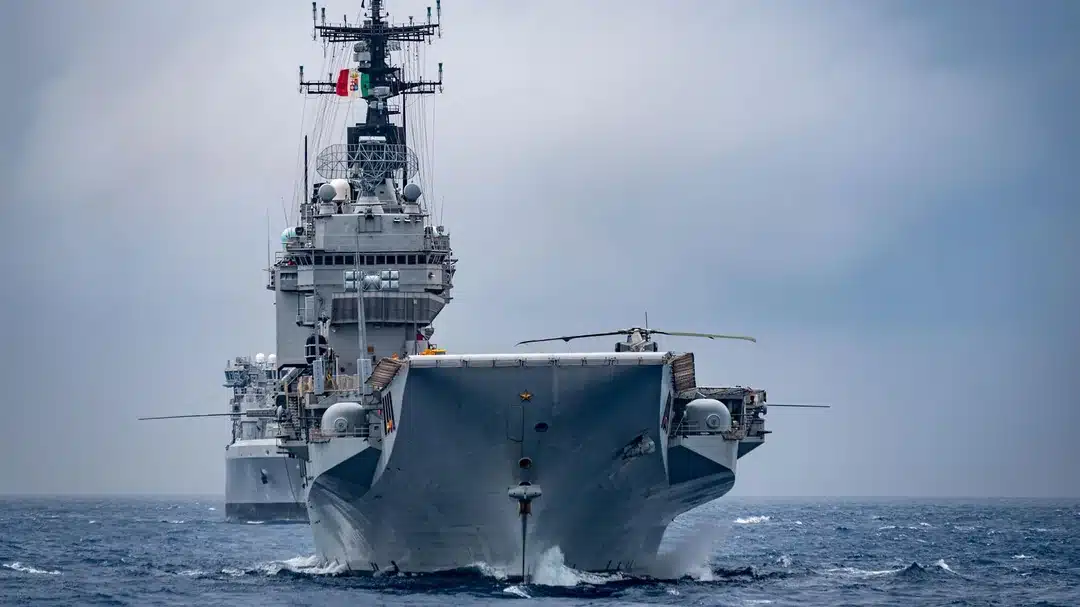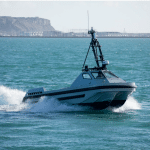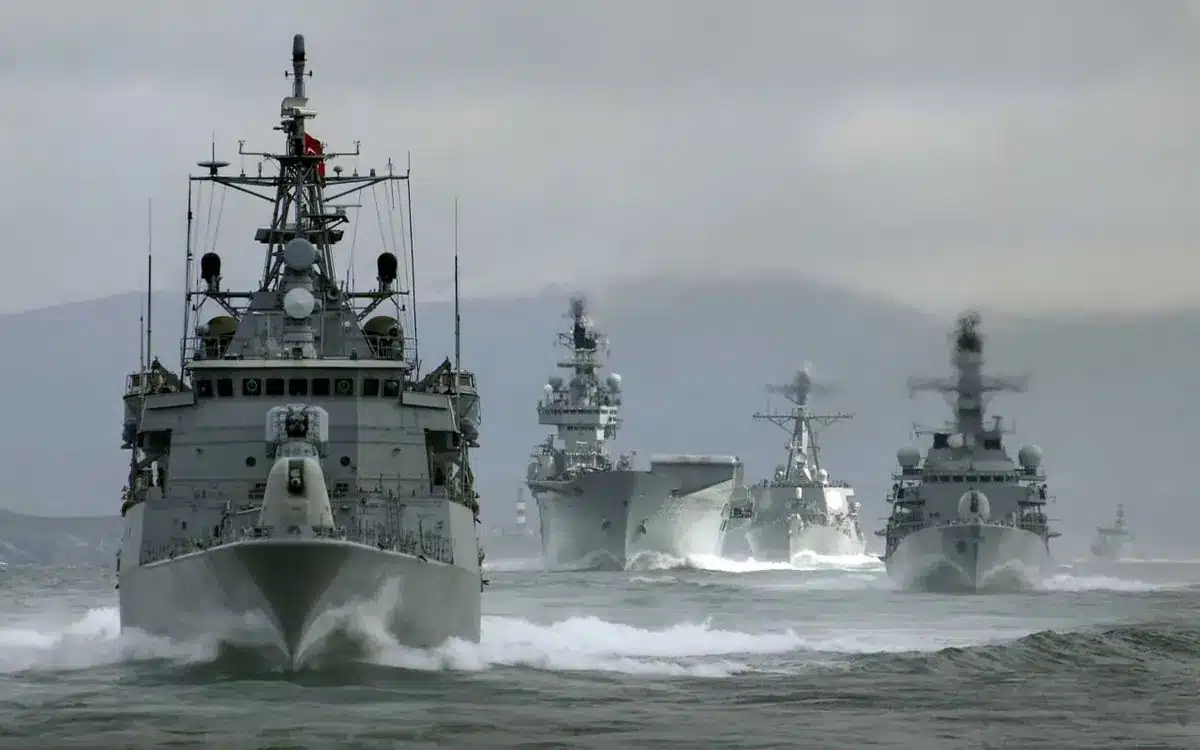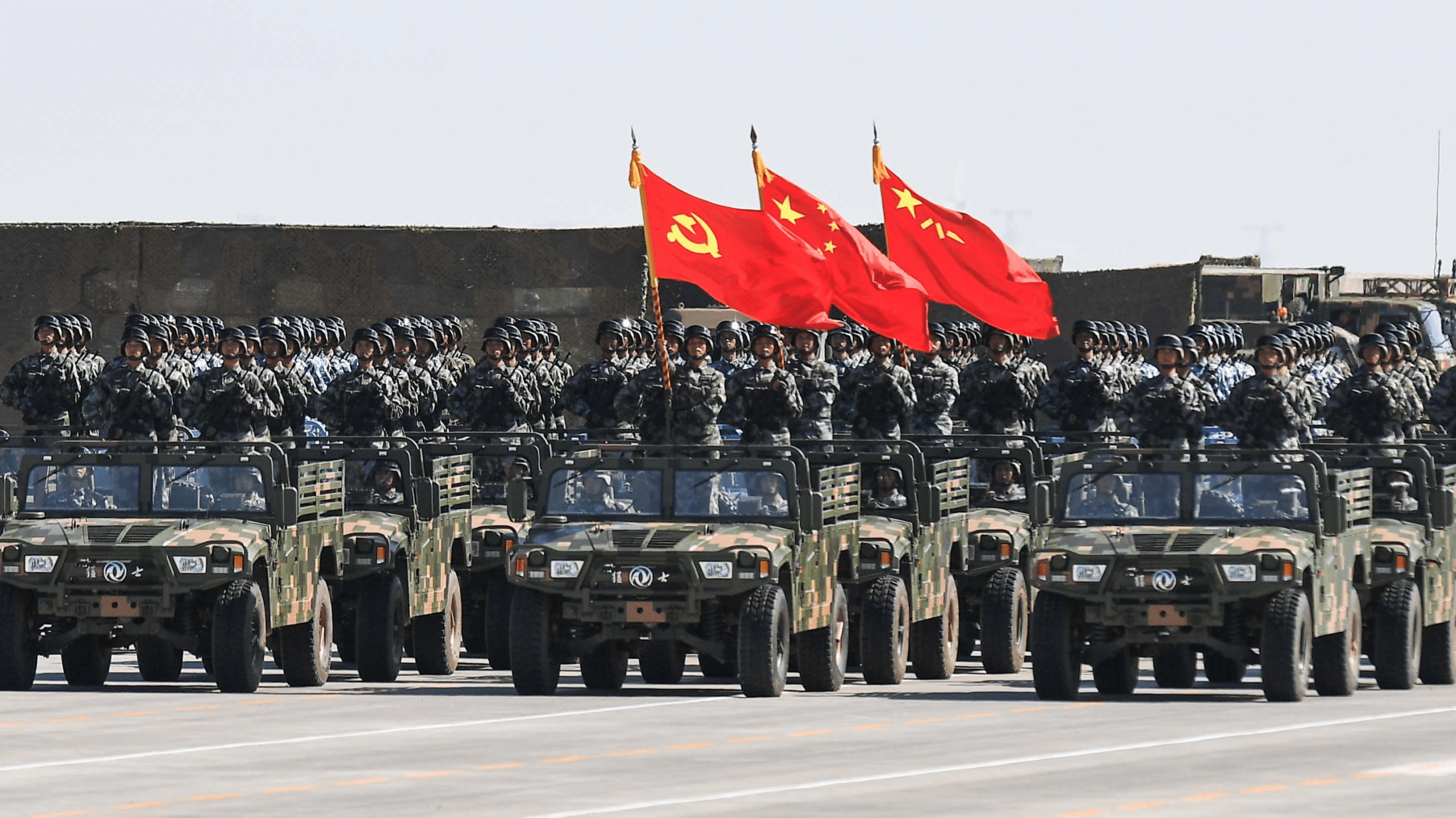Indonesia is about to embark on an ambitious project: the acquisition of the Italian aircraft carrier Giuseppe Garibaldi. This large-scale project raises many issues, challenges, and strategic implications. This article explores the details of this project, its technical and financial aspects, and the associated risks, while analyzing its geopolitical prospects.
The Giuseppe Garibaldi: An Overview
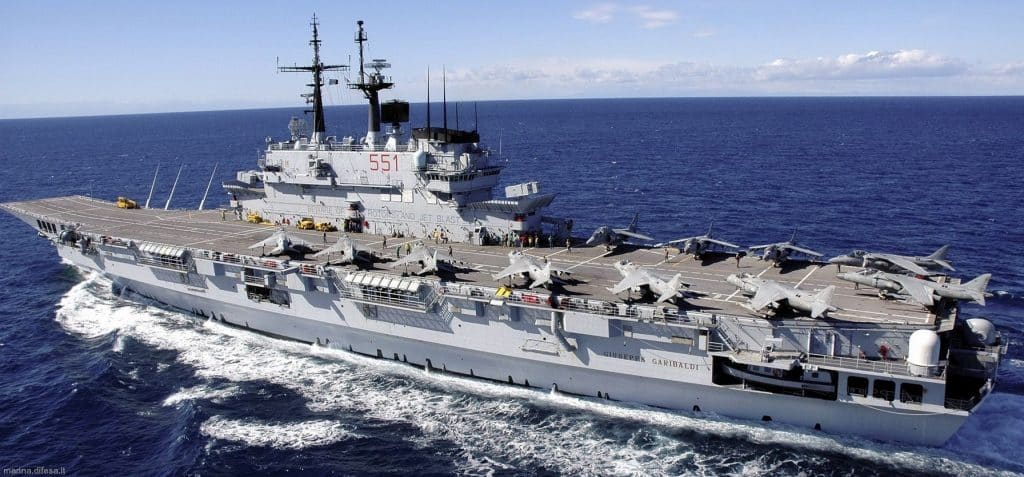
The Giuseppe Garibaldi is an aircraft carrier belonging to the Italian Navy, in service from 1985 to 2024. Measuring approximately 180.2 meters long and with a load capacity of approximately 33.4 meters, it is powered by gas turbines, enabling it to reach a cruising speed of approximately 30 knots and an estimated range of 7,000 nautical miles. Originally designed to operate short takeoff/vertical landing (STOVL) aircraft and helicopters.
“The Giuseppe Garibaldi is in good condition and has approximately 15 to 20 years of remaining operational life” Mauro Manzini, Director of Sales Naval Business Unit, Fincantieri
Indonesia’s strategic objectives
The acquisition of the Giuseppe Garibaldi represents a qualitative leap for Indonesia’s maritime projection. This project would enable:
· To join a select group of Southeast Asian states with carrier-based naval capabilities, thereby strengthening its position in the region’s waters in the face of growing tensions in the South China Sea.
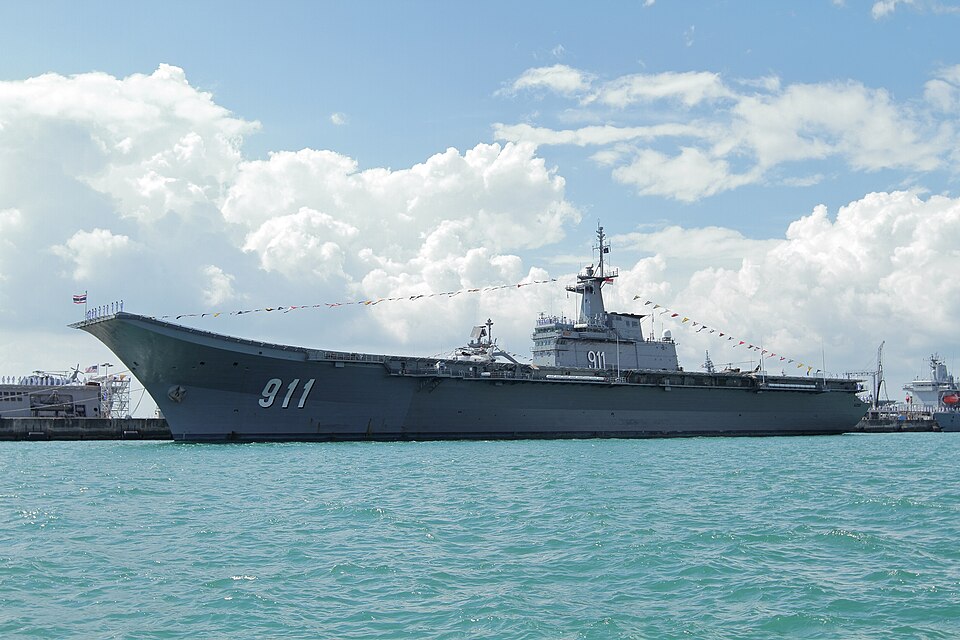
· To improve its surveillance, control, deterrence, and response capabilities, particularly in its vast maritime areas, remote archipelagos, and in the face of maritime claims by other powers.
· To strengthen its diplomatic position in regional forums (ASEAN, regional maritime dialogues) and in its bilateral relations, particularly with China.
Technical challenges and necessary adaptations
The acquisition of the Giuseppe Garibaldi is not limited to its simple transfer. Numerous adaptations, modernizations, and modifications will be necessary:
Conversion to helicopter/drone carrier: The project envisages adaptation to operate mainly helicopters, marine drones (UAVs), and potentially transport aircraft. This involves significant modifications to the structure, island, electrical installation, hangar, refueling, and aerospace support systems.
System modernization: Upgrading of command and control systems, radars, communications, electronic warfare, and onboard airspace management. Reinforcement or replacement of defense systems (missiles, CIW artillery, countermeasures) and engines, turbines, and propulsion systems.
Aircraft: Adapted aircraft (ASM helicopters, transport helicopters, surveillance helicopters, marine drones). The integration of fixed-wing aircraft with conventional takeoff/landing capabilities seems unlikely without major modifications.
Logistics, maintenance, and training: Establishment of local logistical support, staff training, assurance of naval aviation safety certifications, and management of potentially very high operating costs.
Risks, challenges, and criticisms
· Technical complexity: Adapting a secondhand ship to new missions is a complex challenge, with risks of cost overruns, delays, technical incompatibilities, or unforeseen events.
· Obsolescence: Certain components (electronics, digital systems, infrastructure) could quickly become obsolete.
· Ability to maintain operability: The logistical challenge of maintaining this ship, ensuring maintenance cycles, spare parts, and operating budgets is considerable.
· Real strategic value: An aircraft carrier is a major target in times of conflict and must be accompanied by a combat group (escort of destroyers, frigates, submarines) to be credible.
· Regional/international reactions: The project could raise concerns and reactions from other regional powers, particularly in a tense geopolitical context with China.
The acquisition of the Giuseppe Garibaldi represents an ambitious and risky venture for Indonesia, but it fits perfectly with its strategy to become a regional maritime power. Although the ship is old, it offers a potentially valuable platform, provided that the renovations and adaptations are carried out successfully. The major challenge lies in operational sustainability: ensuring the logistics, maintenance, training, and ongoing modernization of the ship. If this project is successful, it will send a strong signal, reinforcing Indonesia’s maritime influence and its weight in the balance of power in Southeast Asia. This is a starting point, not a ready-made solution, requiring a coherent naval architecture to maximize its impact.

